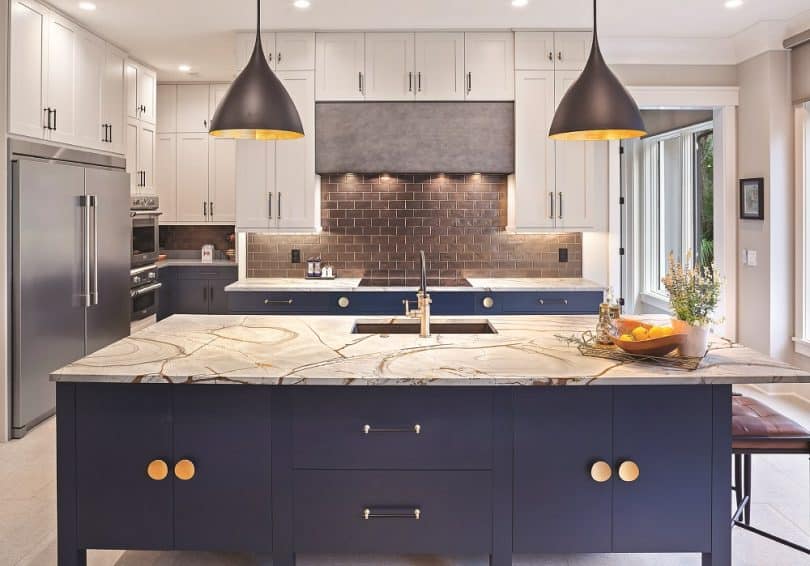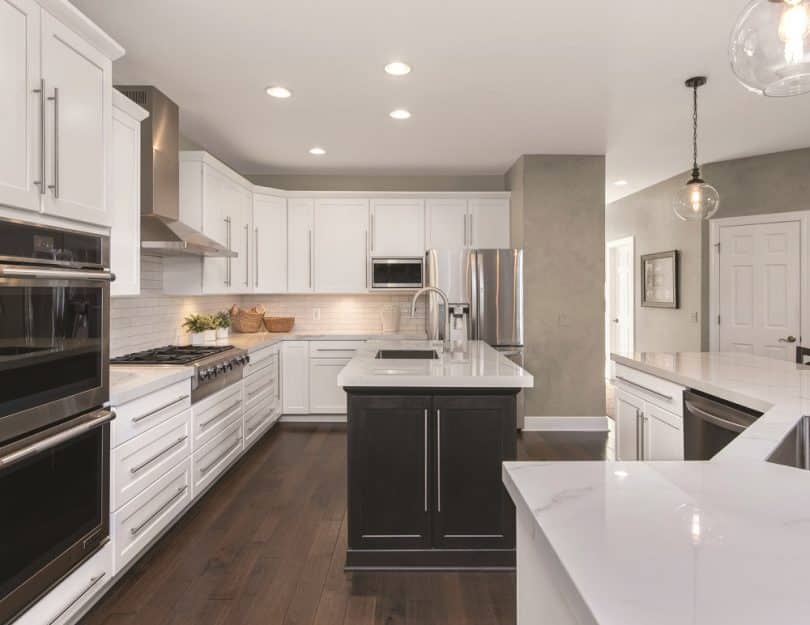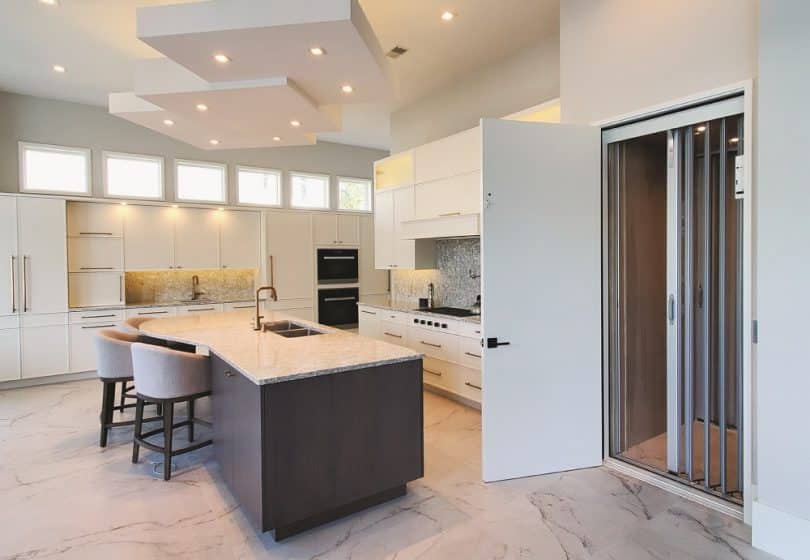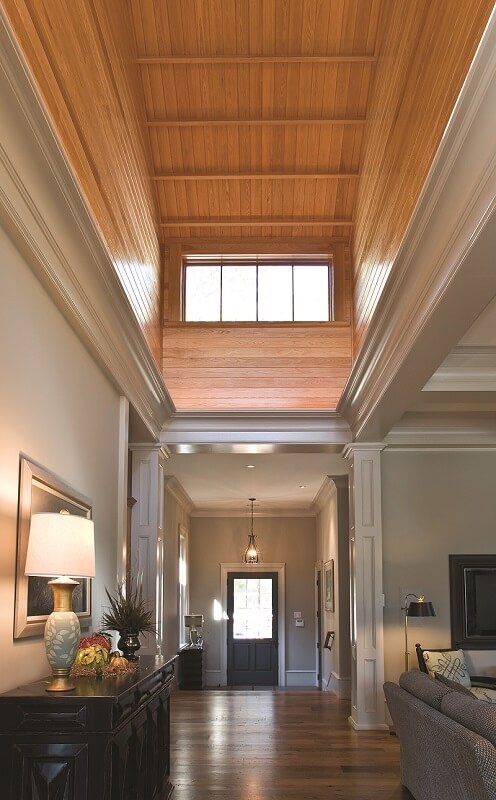It’s your architect’s job to understand your desires, but do you understand your architect?
An architect is essentially an artist whose design process is very personal and distinct. It is also the job of an architect to understand each client’s needs and personal tastes. Finding the balance between the two can sometimes be a challenge, but for most experienced architects, the key to a successful project lies in the broad architectural habits that lay the foundations for good design. Architects each have their own individual practices that move them towards success, but here are some common habits that help guide them.
Architects tell a story.
Our lives are essentially a continuous flow of stories that become permanent memories. An architect’s goal is to design a home that tells the story of a specific client, in a specific place, at a specific time.
Early in design school, architects are taught to conceptualize projects by inventing a narrative, traditionally referred to as a parti pris. A parti pris (sometimes called “the big idea”) is a simple design statement or conceptual idea for a project, but going forward it becomes a guide that helps keep the architect’s thoughts on track.
Architects take risks.
Taking risks comes natural to most architects who are inherently creative and see the world differently. Designing a home is a process of re-imagining and inventing new ways of doing the same old thing. This isn’t to say that everything requires innovation or bold action, but looking at a problem through a different lens often reveals interesting solutions that don’t rely on standard practice.
Architects sweat the details.
Architecture is all about problem solving, but the real beauty of designing a home is in the details. The details of a home are those things a client sees and interacts with on a daily basis. Details give a home character and life, so an architect has to continuously evaluate them.
Architects keep it simple.
When an architect initially meets with a client, part of his or her job is to take all of the ideas and styles the client likes and create one cohesive plan. The idea that “more is less” often comes into play during this process. Like a sculptor, an architect knows how to chisel away the excess revealing only the essential components necessary to convey the design. Simplifying shapes, materials, and color can help bring tranquility to the overall project.
Architects embrace repetition.
It’s important to establish a sense of order and structure in a home, so that nothing feels overwhelming. Repeating patterns, materials and proportions help unify a design, and most architects will use the rule of three in order to convey this principle: a minimum of three of something makes the repetition habit successful.
Architects don’t mind breaking the rules.
Once a repeating pattern is established, the rules can be broken. Imagine a series of windows aligned on an orderly grid. If one window breaks the repetition, it must do so for a very important and specific reason, like a view to a tree canopy. If repetitive order has been established, rule breaking can offer a welcome point of interest.






















